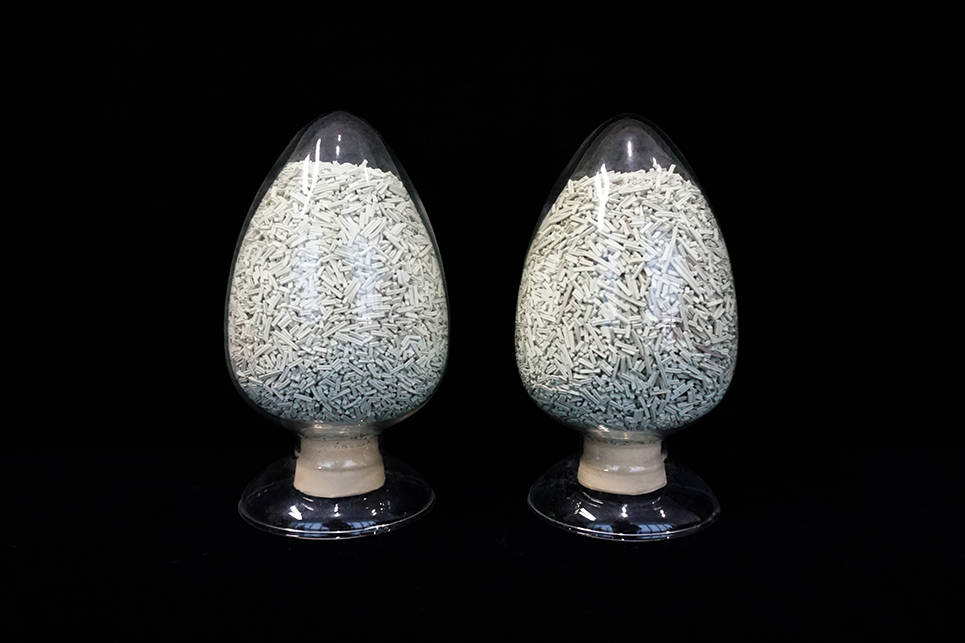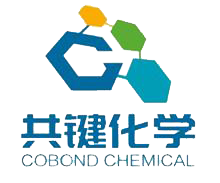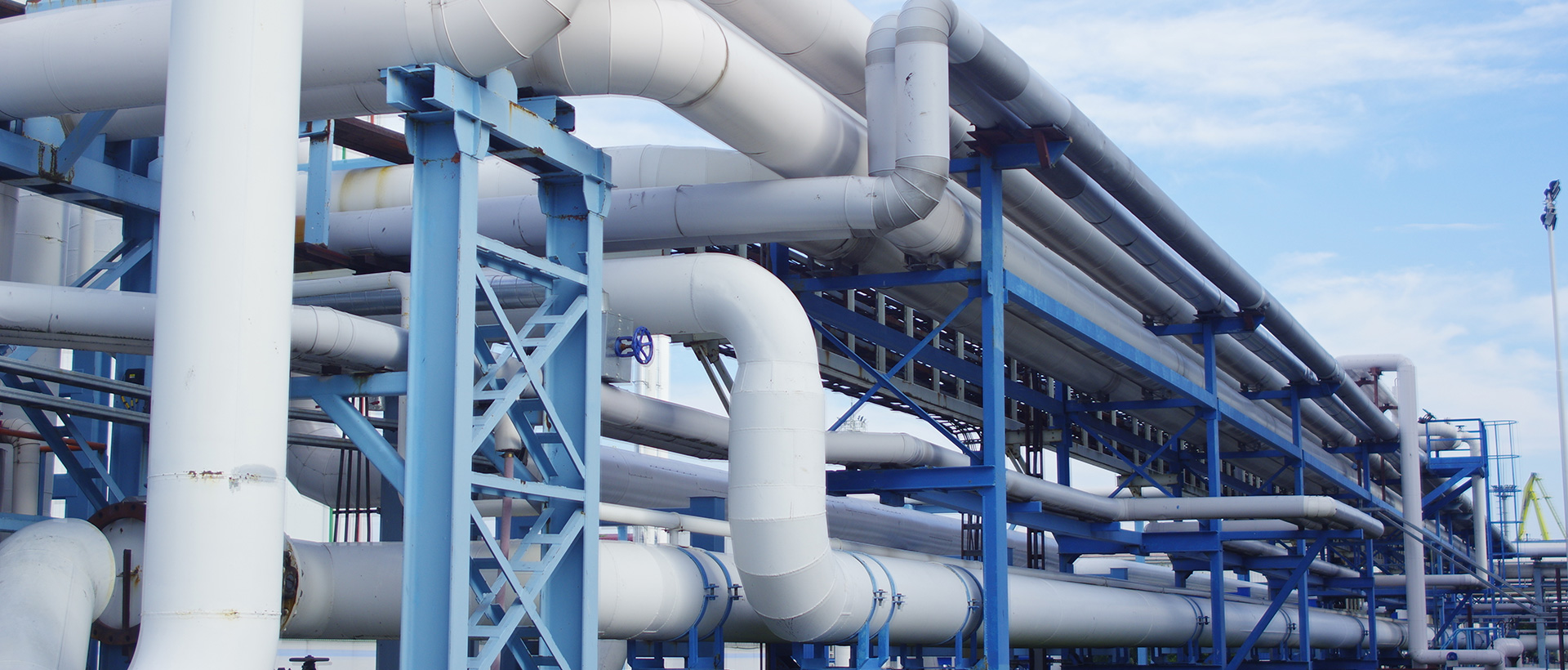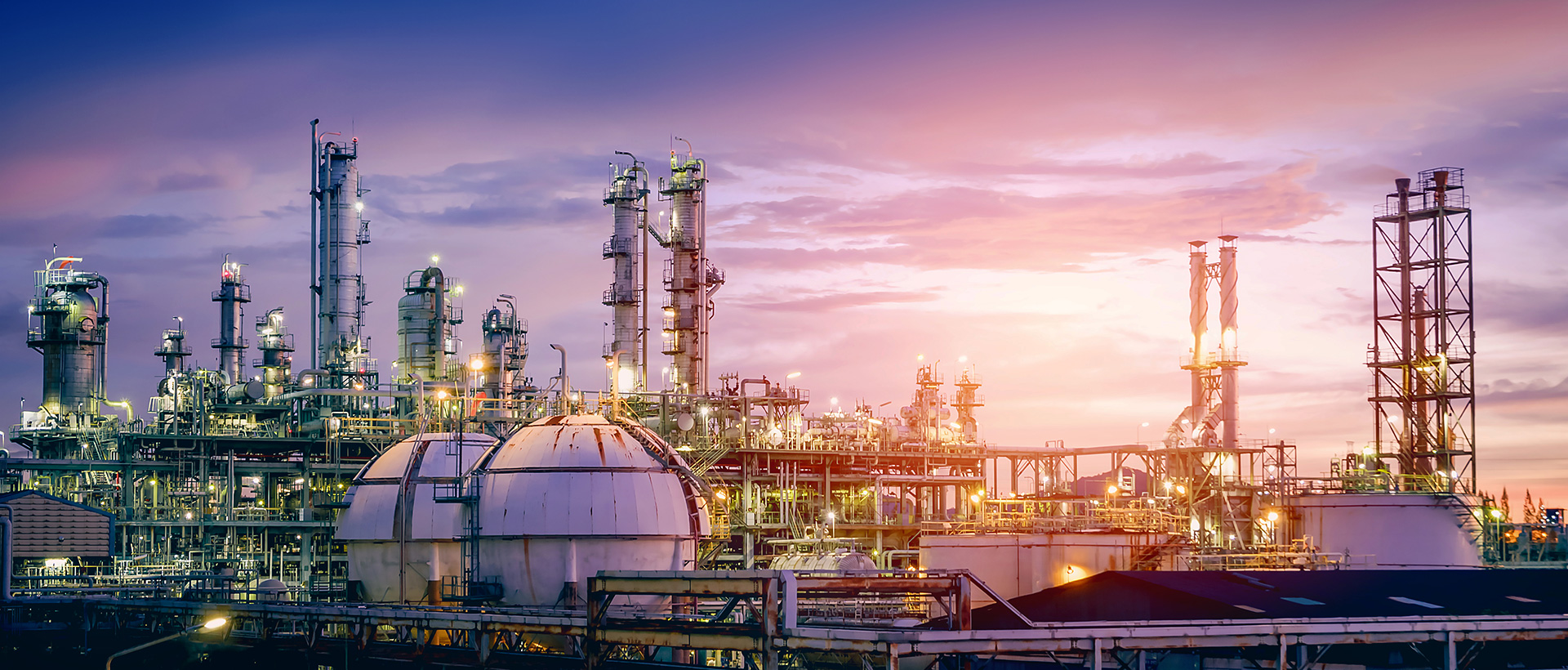- your*skype
- CHINE
- In stock
- 20MVC-18
This is a powerful product, first-class quality, long service life, product has a variety of styles, a variety of colors, a variety of sizes.
Cross Colours Camo Print Tank half mengo details

Selective hydrogenation catalyst rich in alkyne C4
The mixed C4 produced by cracking equipment using hydrocarbon substances such as diesel, naphtha, or light hydrocarbons as raw materials has a maximum butadiene content of over 50% and also contains about 2% alkynes. 1,3-butadiene is the main raw material for synthesizing rubber and resin. The main method for separating 1,3-butadiene from the cracked C4 fraction is through solvent extraction, such as dimethylformamide, acetonitrile, and pyrrolidone as solvents.
During the butadiene extraction process, a portion of the C4 fraction (tail gas of the butadiene extraction unit) rich in alkynes will be produced, with a total alkyne mass fraction of over 20%, even up to 40%, and a butadiene mass fraction ranging from 5% to 20%. The rest are C3, isobutene, butene-1, cis-2-butene, n-butane, and isobutane. Due to the high concentration of vinyl acetylene, it is prone to decomposition, self explosion, and winter condensation, making it difficult to directly utilize it for industrial use. Therefore, safe and expensive butane and butene fractions can only be diluted and used as fuel, resulting in a large amount of waste of industrial valuable butane and butene fractions. So it is necessary to take appropriate measures to utilize this portion of resources to create higher value.
The catalytic selective hydrogenation method is used to treat the C4 fraction rich in alkynes, which can cause the hydrogenation of vinyl acetylene to 1,3-butadiene and further to monoolefin; Ethyl acetylene, 1,2-butadiene, and 1,3-butadiene are hydrogenated to form butene-1 and cis - and trans -2-butenes. Selective hydrogenation can reduce the total content of alkynes and dienes in the material to ≤ 100ppm. The hydrogenation product enters the etherification unit to react isobutene with methanol to produce MTBE. After etherification, the remaining C4 is then fully utilized through various processes, such as producing alkylated oil as raw material for the alkylation unit, producing methyl ethyl ketone as raw material for the methyl ethyl ketone unit, producing 1,3-butadiene as raw material for the oxidative dehydrogenation unit, and producing high-purity polymer grade butene-1 as raw material for the production of butene-1 unit As the raw material for isomerization equipment, butene-1 and cis - and trans -2-butene are isomerized into isobutene, and then further produced into MTBE, etc. In short, the material that could only be used as fuel is transformed into a compound with high added value. This is of great significance for fully utilizing C4 resources, reducing waste, eliminating safety hazards, and improving the economic benefits of ethylene plants.
In addition, ethylene acetylene can also be hydrogenated to 1,3-butadiene, and the hydrogenated product can be returned to the butadiene extraction unit to recover 1,3-butadiene.
This catalyst is suitable for the above process.







